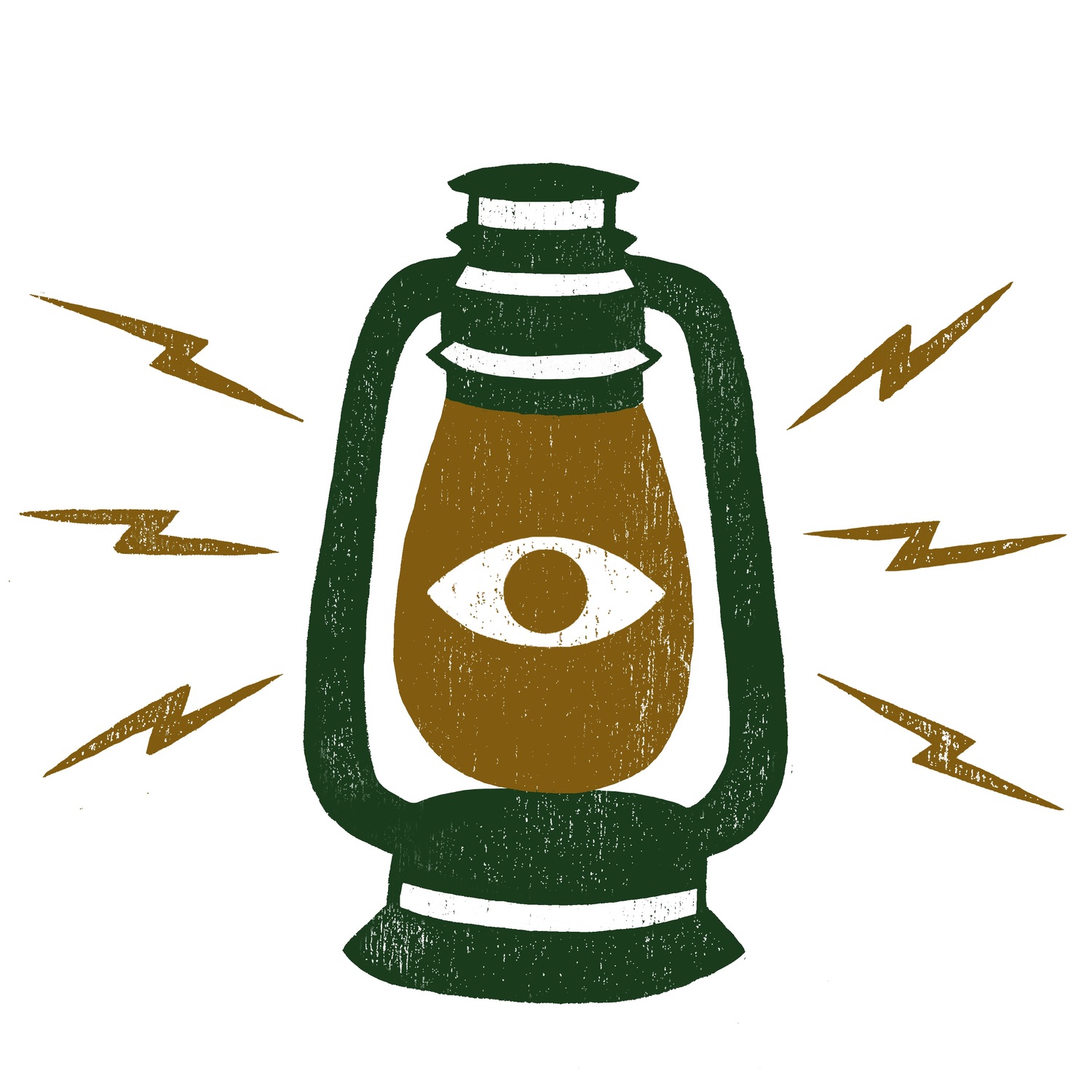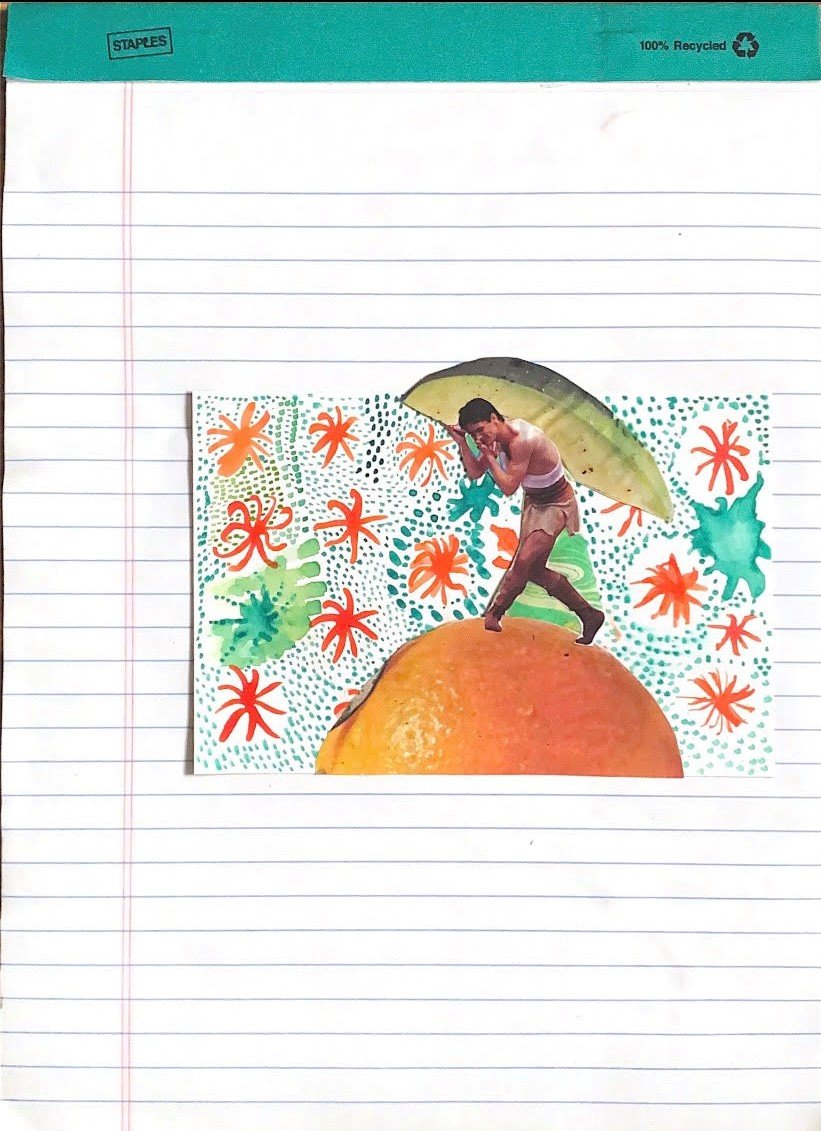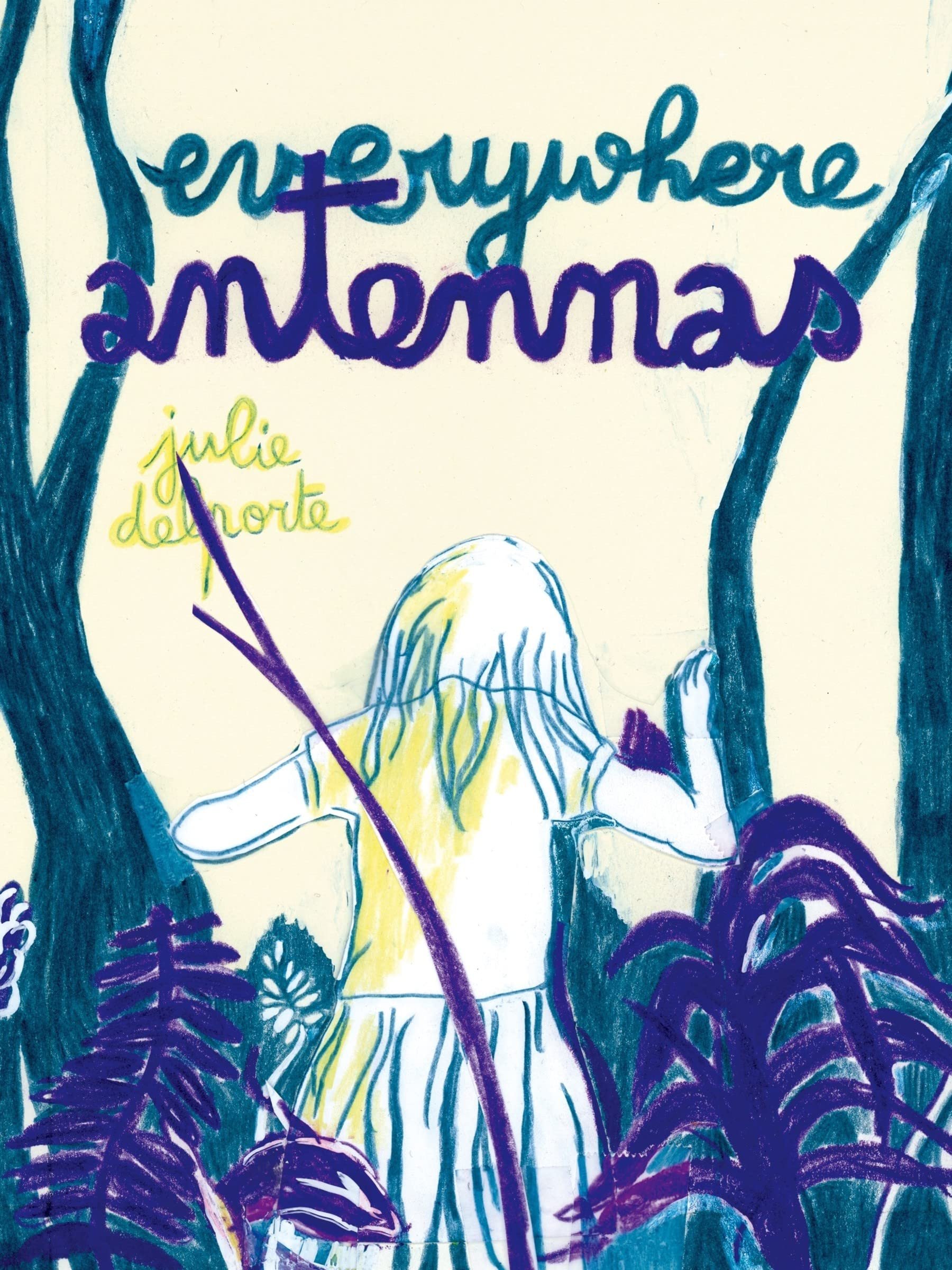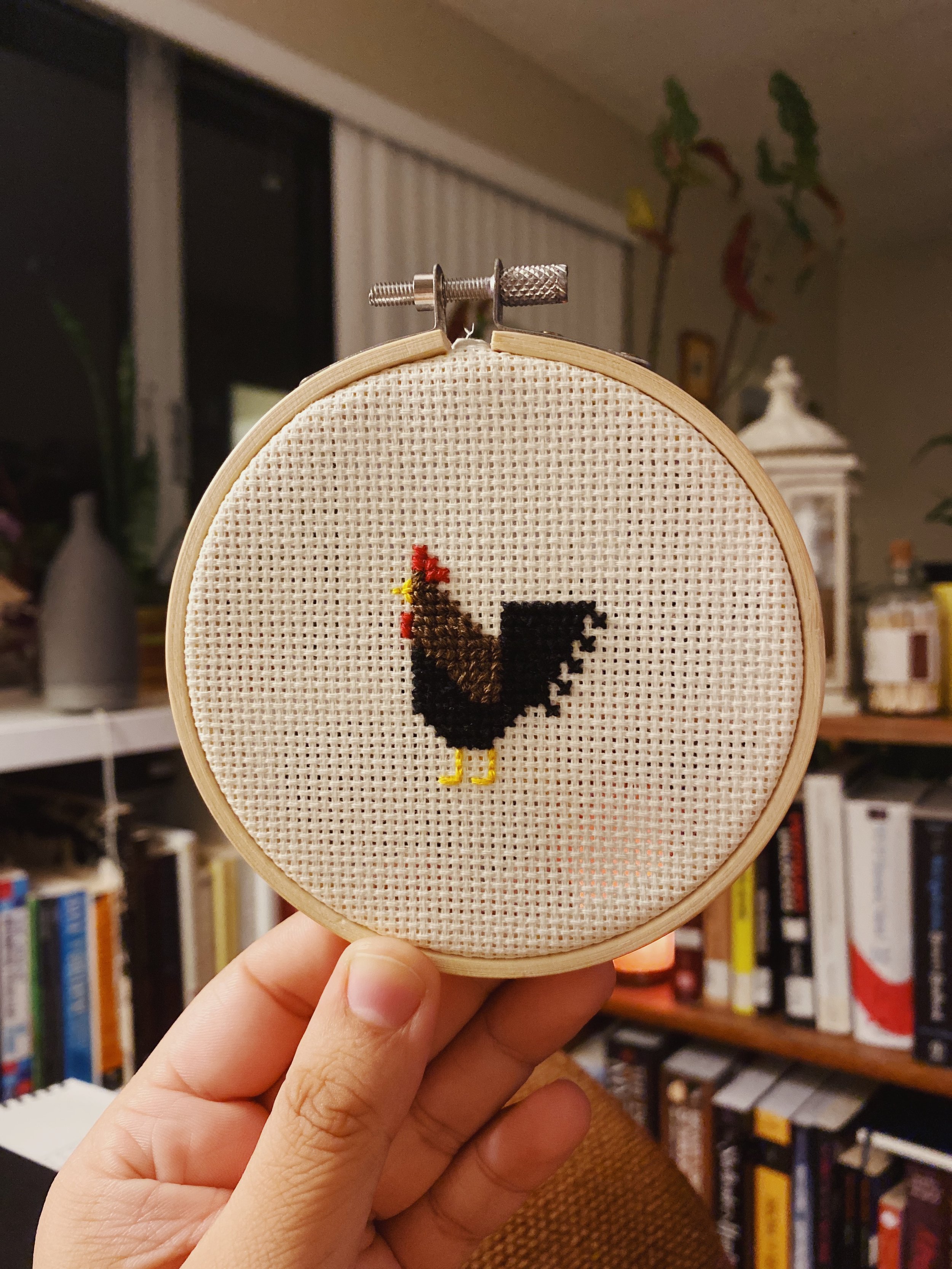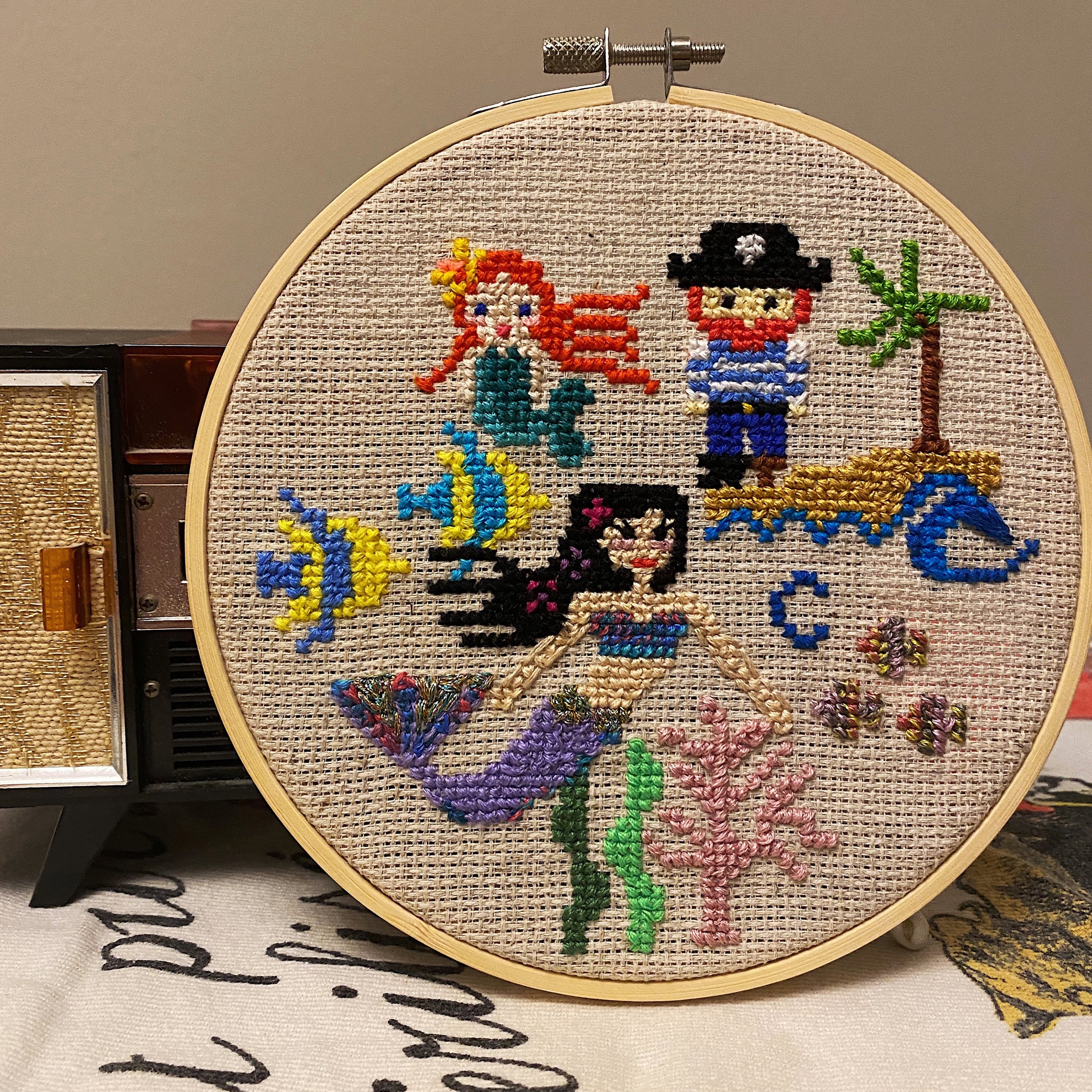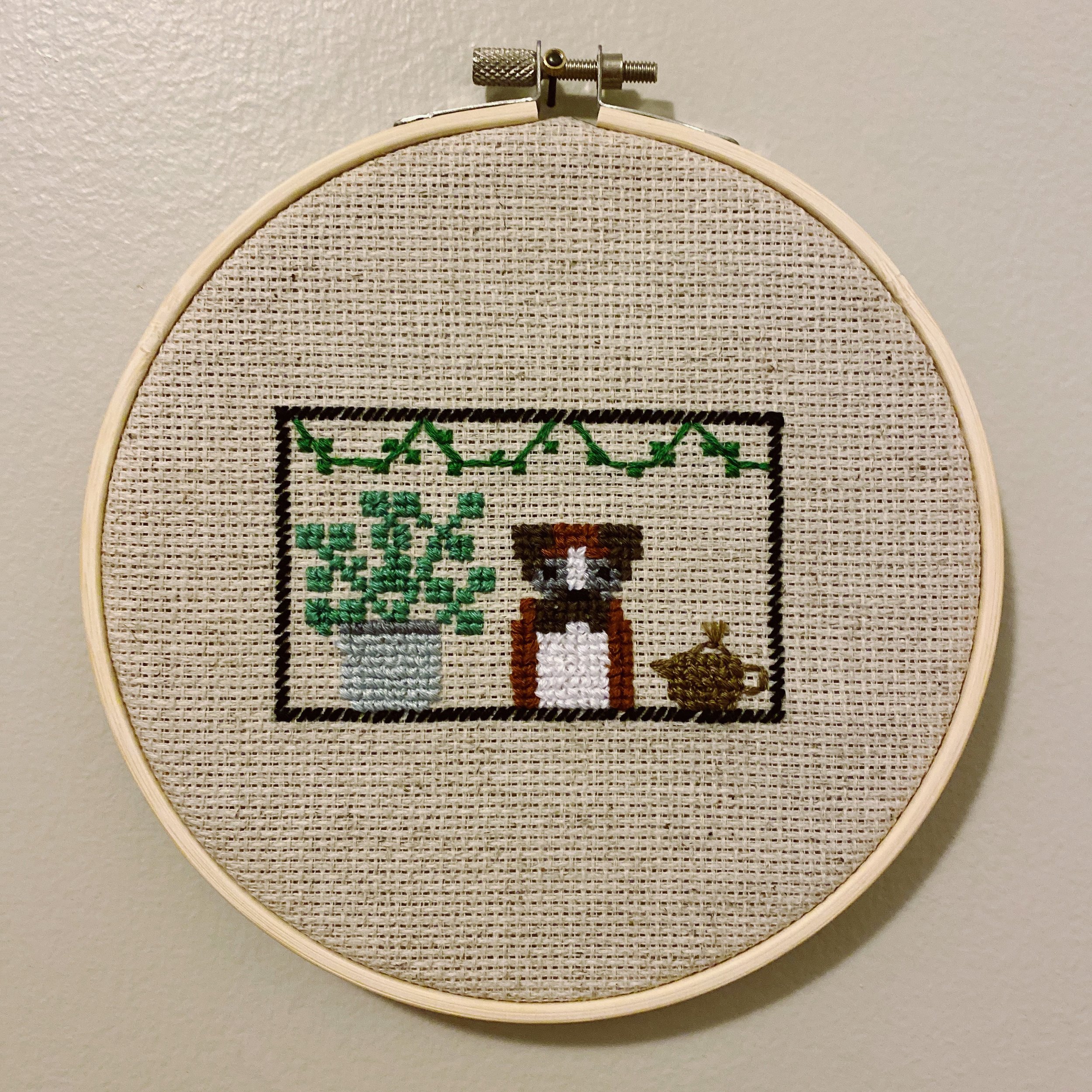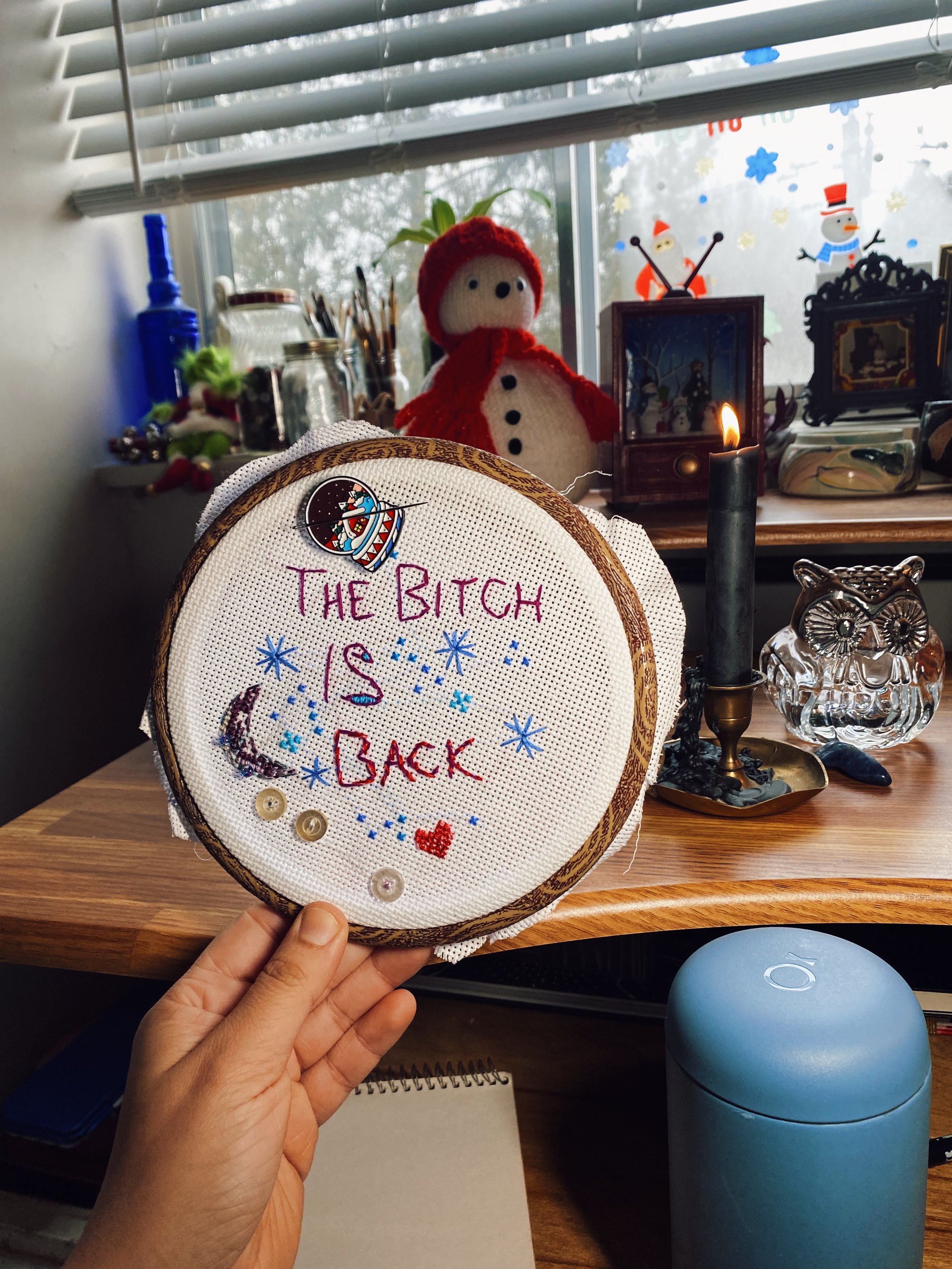As a writer, I know writing is not my favourite activity. I’d much rather sleep or watch Netflix. Watching Netflix is relaxing and entertaining but it does not provide me with a sense of accomplishment. That’s how I know it’s not my capital “P” passion. I don’t finish a movie or TV show and find that the fire in my heart has been fed. In fact, after watching TV, I often feel a great nagging to get back to work. It’s as though that fire knows I’ve been procrastinating, it can tell I’ve been resisting it.
In his book, The War of Art, Steven Pressfield examines creative resistance. Pressfield argues that “There’s a secret that real writers know that wannabe writers don’t, and the secret is this: It’s not the writing part that’s hard. What’s hard is sitting down to write. What keeps us from sitting down is Resistance.”
So when you do find your passion, and you face resistance or difficulty, take heart. Know you’re going in the right direction. I know that for me sometimes this reassurance can give me the strength I need to persevere.
Follow Through
Living a life of passion is following through on your craft even if it’s hard. If you long to do something and day-dream about something but something else is stopping you from sitting down to do it, what’s stopping you is resistance. That resistance is a clear sign that what you’re dreaming about is your passion. It’s your calling and you need to be brave, sit down and work. That's how you'll find fulfillment.
With that in mind, if you’re still trying to figure out what your passion is, take stock of what activities you dream about. What’s an idea or activity that you feel strongly about but you keep putting off? What are you resisting? Resistance exists because pursuing our passion or acting on our feelings, can be a really uncomfortable process. Resistance in our creative and emotional lives is actually there to keep us safe — that’s it’s function. So next time you find resistance, call it by its name. Tell it you know it’s just there to look out for you but that you need to overcome it to feed the fire in your heart.
Passion may be a feeling, but we won’t get anything out of that feeling unless we act on it.
For monthly inspiration, sign up for my newsletter:
